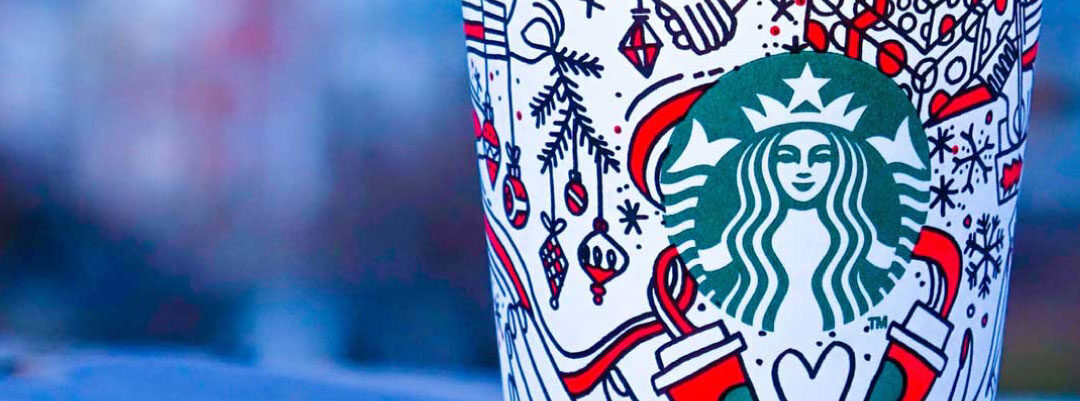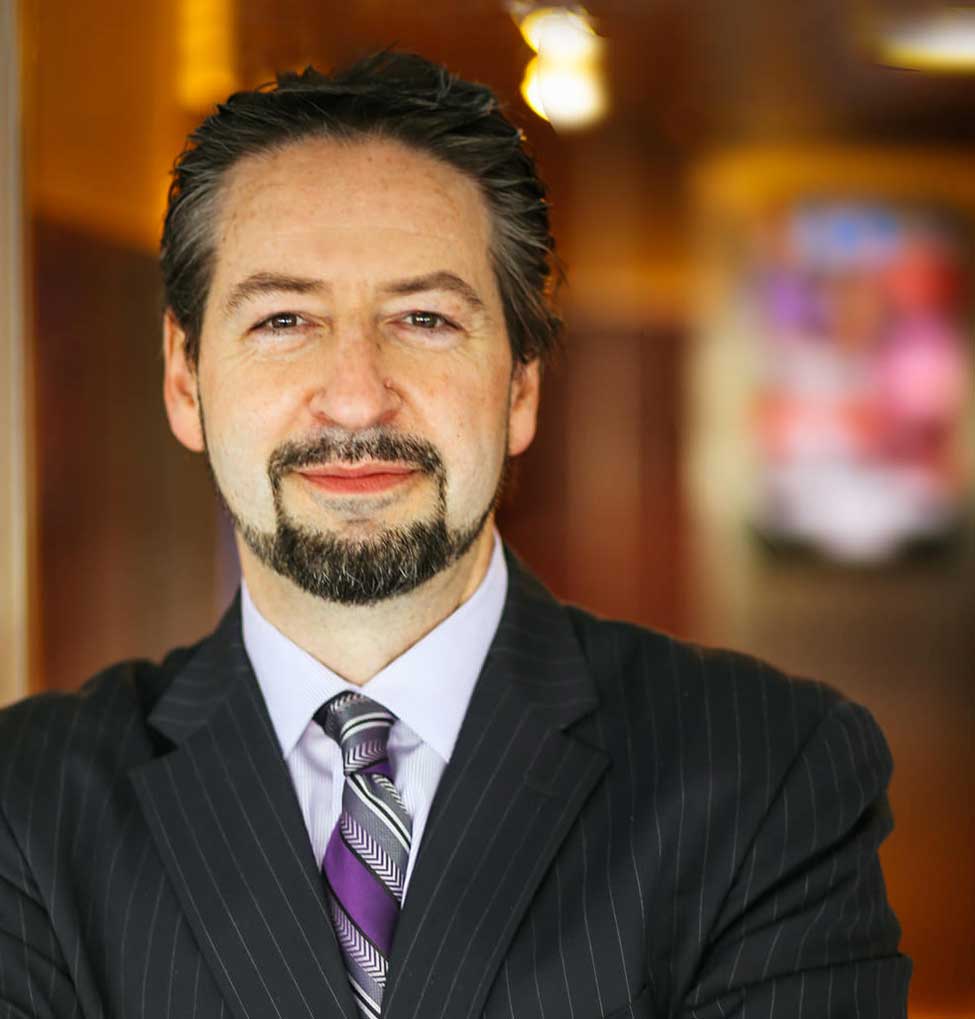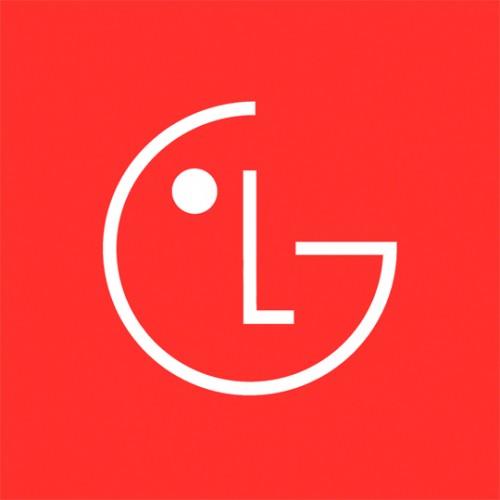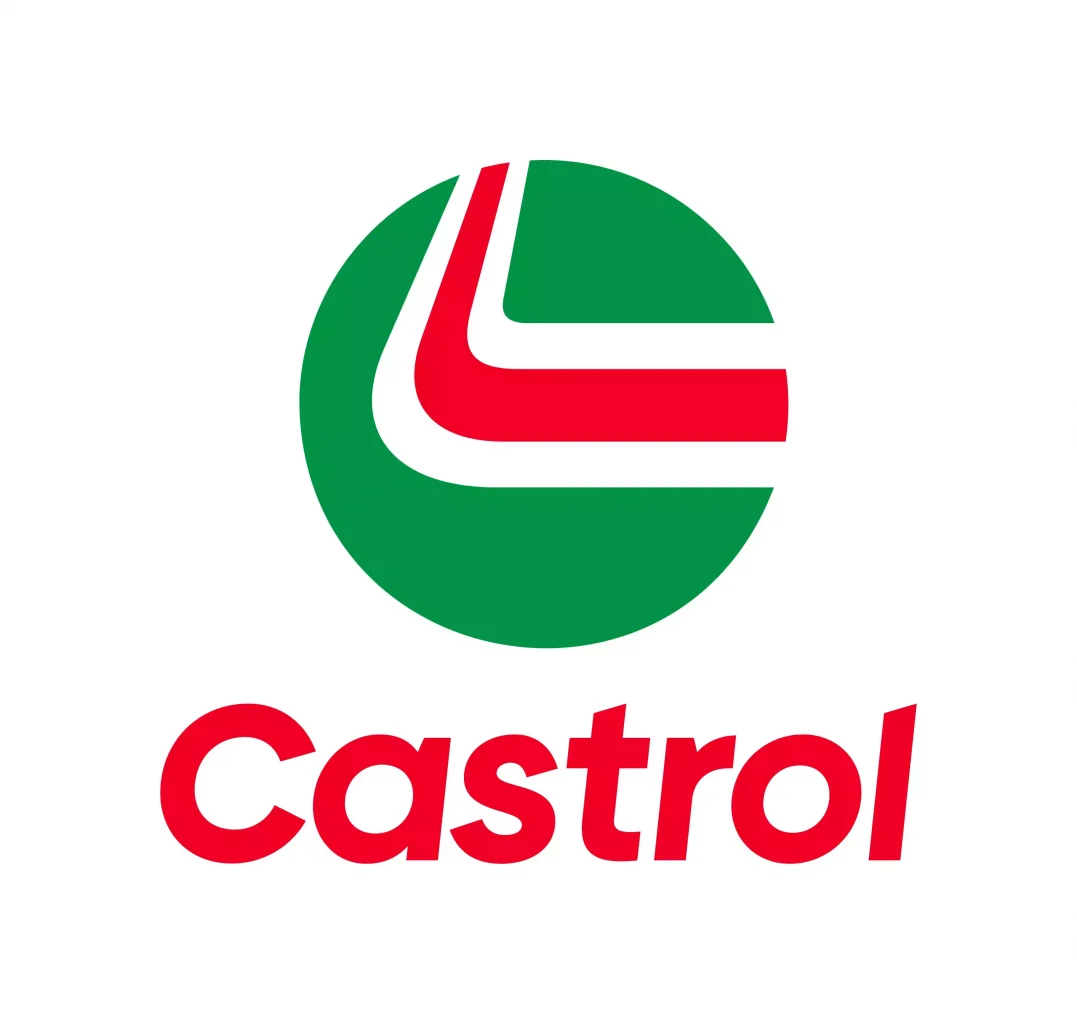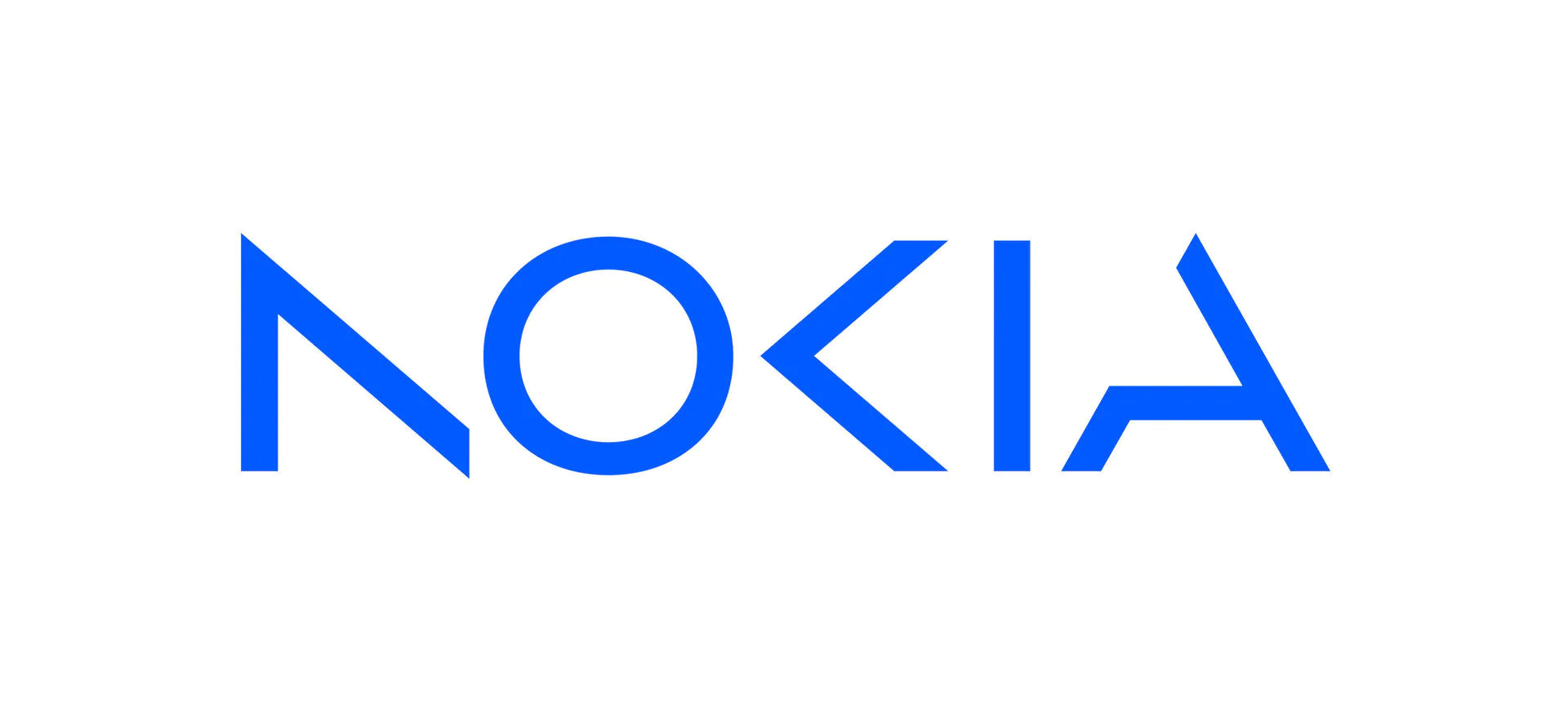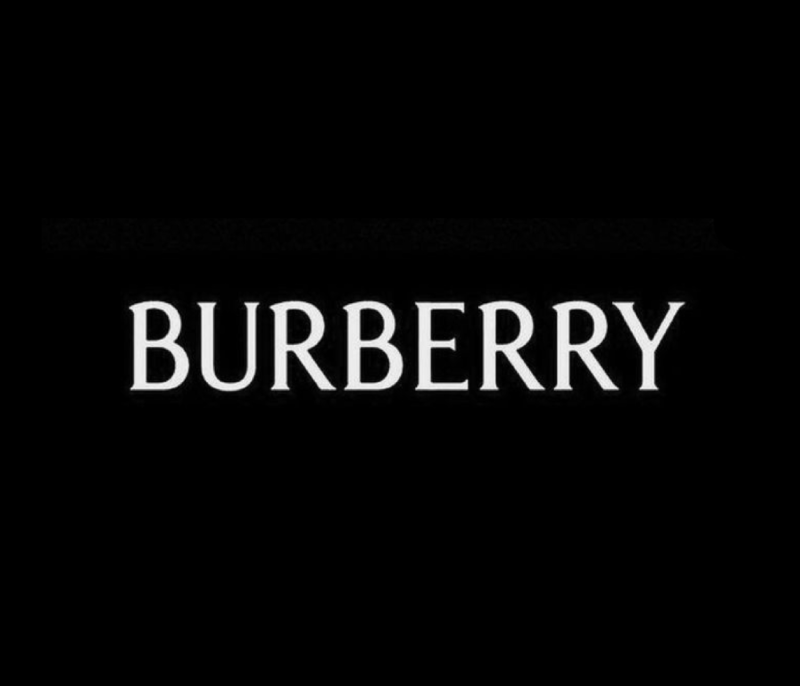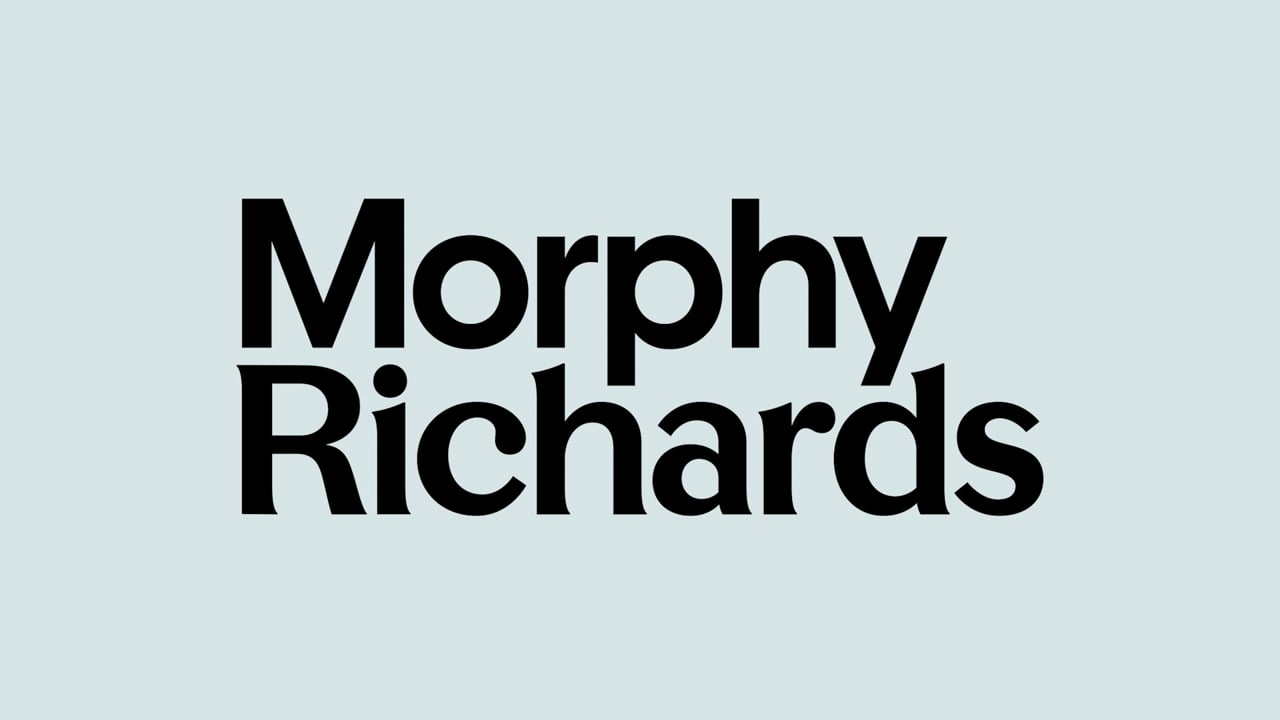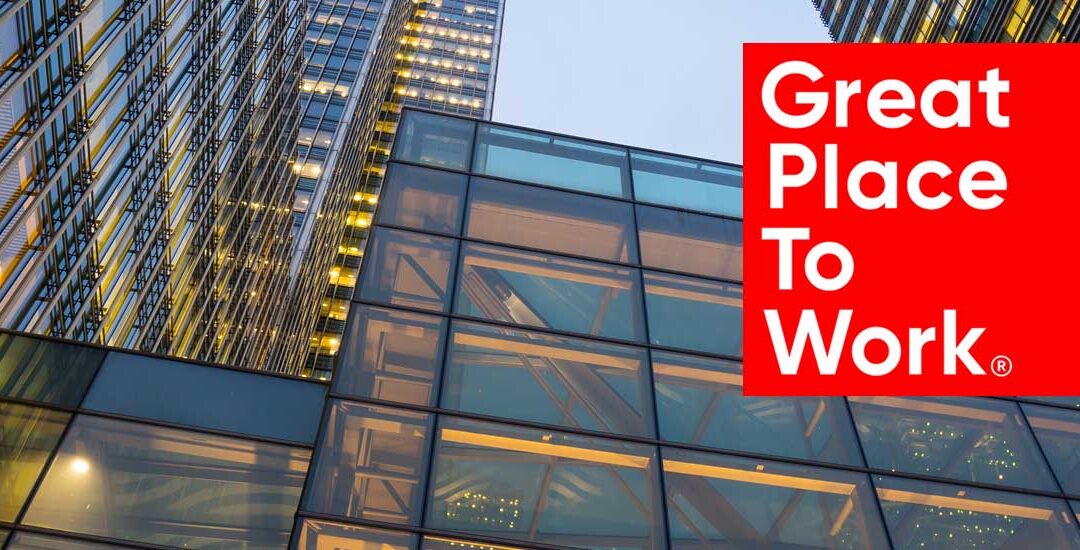
Great Place to Work®
On an average, we spend one third of our life at work, which sums up to 90,000 hours.
It is important for us to have a good working environment, as that adds to our physical and emotional well being. However, such measures are only accessible while we are present within the company’s office and workshop premises. With increasing population and their ever growing demands for commodity and services, multiple companies are formed each day, to meet market needs. This gives us a large pool of employment, where different size and kind of companies recruit eligible candidates.
Statista reports, that, about 334 million (33,40,00,000) companies are there, worldwide, and counting. Approximately 60,000 of them are multinational corporations, who control over 5,00,000 subsidiaries, as reported for 2021 by Espace Mondial.
A Brief Account of Office Landscape
During 1940s and 1950s, majority of the offices in Europe had a sense of hesitation, due to the devastations from WWI and WWII. But, the post war period saw Germany emerging as a fast growing nation, with advancements in manufacturing and office facilities, covering their ruthless past. Their thought processes transformed Taylorist workplaces into Burolandschaft designs. This made companies adapt to fluid non-hierarchical layouts. As a result there was increase in communication, collaboration, and productivity among the employees. Eventually this concept made its way to the UK and the USA in 1960s. Around this time in America a similar but more personalised open layout concept surfaced – the Action Office, which gave adequate privacy among the senior officers and a sense of respect across the hierarchy. Although, cubicles replaced some portions of the Open Office layouts, that was a brief account of what we commonly see in our present office spaces.
However, building a great place for your employees to work in, goes much deeper than just designing office landscapes. With industrial and commercial reforms, sanity, and humanitarian grounds at play, many companies have been giving sincere thoughts and efforts in establishing great work culture.
A Harvard Business Review article suggests that there are six most essential parameters for companies to create perfect working environment for their employees.
1. Let people be themselves
2. Unleash the flow of information
3. Magnify people’s strengths
4. Stand for more than shareholder value
5. Show how the daily work makes sense
6. Have rules people can believe in
These parameters help organisations in many ways:
- To attract and retain talents
- To maintain customer centric mindset
- For growing the business bottom-line
- To maintain agility is business operations
- To develop a culture for innovation
- To reward professional excellence
- To project your business as a high quality employer brand
- To earn recognition at national level and beyond boundaries
While serious companies got busy culturing and implementing these parameters in their businesses, one particular organisation rose into prominence.
Great Place to Work®.
They partner with the most successful companies, across the globe and help them in creating the perfect workplace.
Formation of Great Place to Work

In 1981, a New York editor asked two journalists Robert Levering and Milton Moskowitz, to write a book named “The 100 Best Companies to Work for in America”. Through their research it was discovered that the key element of building great companies for people to work, is having these interconnected set of values:
- High-quality relationships in the workplace.
- Relationships based by trust, pride and camaraderie.
This book was released in 1984, and with the same values at its core, its sequel was published in 1988 “A Great Place to Work®: What makes some employers so good and most so bad”. This exercise led to the formation of the institute, which was named after the book itself – “Great Place To Work®.
There are four major steps, followed by Great Place to Work® to evaluate companies:
- Step 1: Trust Index Employee Survey
- Step 2: Culture Audit – People Practice Assessment
- Step 3: Getting Certified on meeting the qualifying criteria
- Step 4: Obtain Actionable Insights to build a Winning People Strategy
This financial year, over 5,200 companies have been evaluated and certified by Great Place to Work, in India alone.
- 31 Mega-size Organisations have been certified:
Companies with 50,000 employees and above, are eligible to apply. - 2223 Large-size Organisations have been certified:
This category of certification is for companies with more than 1000 employees. - 2448 Med-size Organisations have been certified:
Companies eligible to apply for this certification must have 100 – 999 employee strength. - 549 Small-size Organisations have been certified:
Eligible companies for this certificate are the ones with 10 – 99 employees.
Fortune 100 Best Companies to Work For® 2023
In 2023, One Hundred Fortune 500 Companies have been certified as the Best Organisations to Work For ®. Since the list is long, we have mentioned a few of them in this post. Interestingly, these companies have their offices and presence in India, as well.
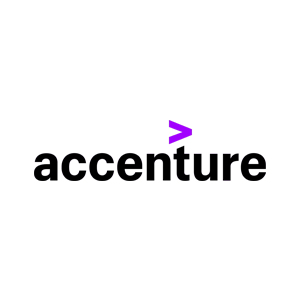

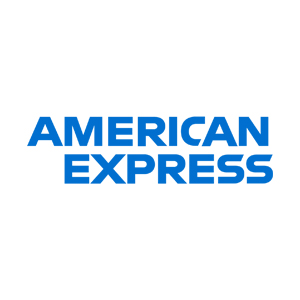
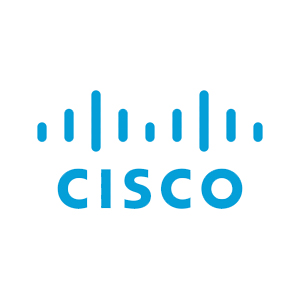
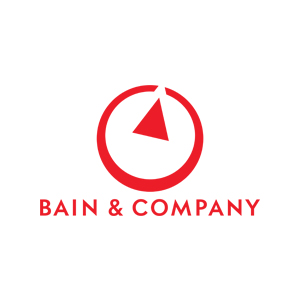
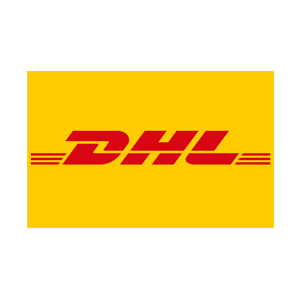
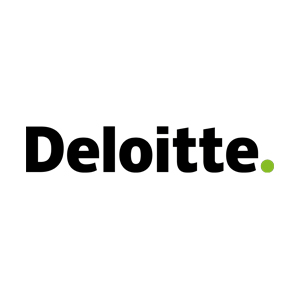
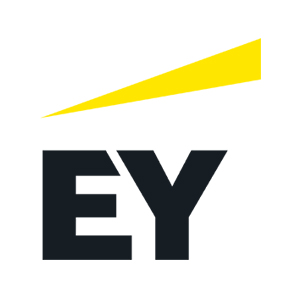
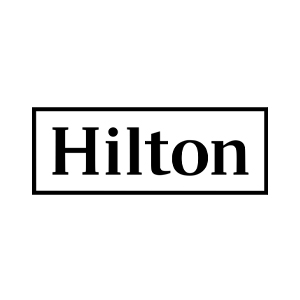
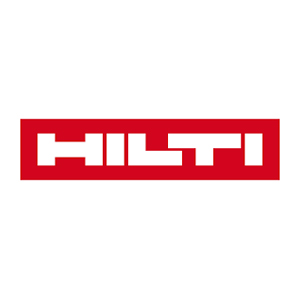
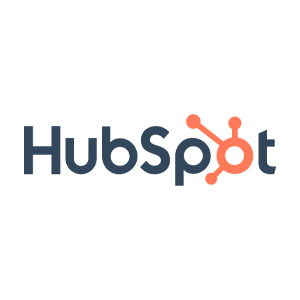

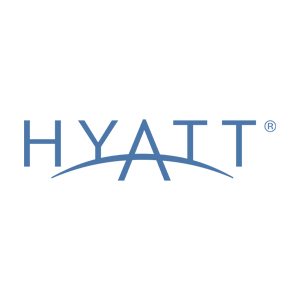
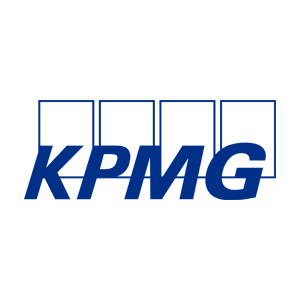

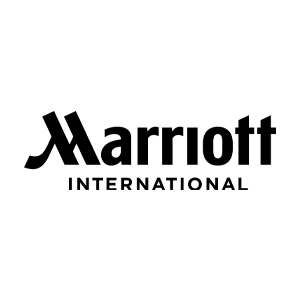
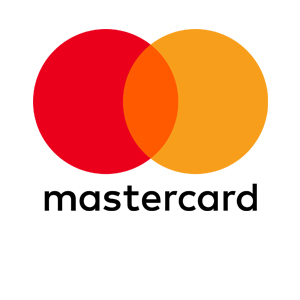
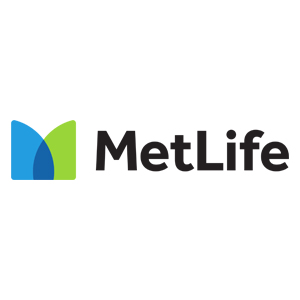
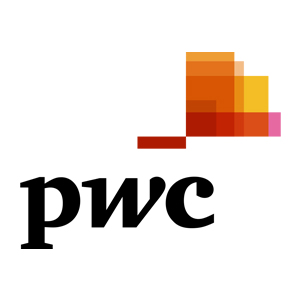
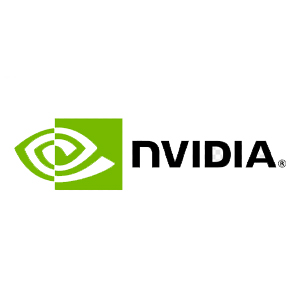




You can find the entire list here:
https://www.greatplacetowork.com/best-workplaces/100-best/2023


